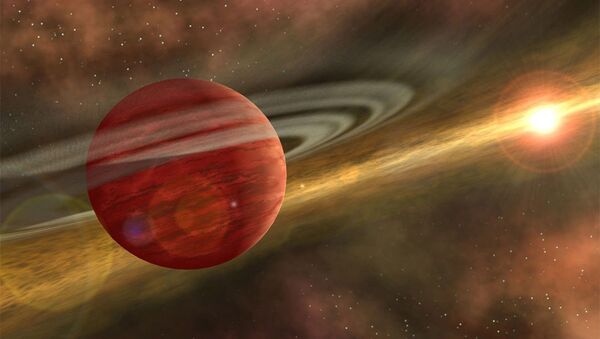A newborn massive planet, dubbed 2MASS 1155-7919 b, was discovered by a team of researchers from RIT in Rochester, New York, according to a February 7 publication in the journal Research Notes of the American Astronomical Society.
Using data from the European Space Agency’s Gaia space observatory, scientists were able to locate the presence of the newborn massive planet about 330 light-years from our own solar system.
"The dim, cool object we found is very young and only 10 times the mass of Jupiter, which means we are likely looking at an infant planet, perhaps still in the midst of formation," said Annie Dickson-Vandervelde, the research’s lead author and a PhD student, in a release from RIT.
The baby giant planet, which is located in the Epsilon Chamaeleontis Association, is said to orbit a 5 million-year-old star at a distance that is about 600 times that at which the Earth orbits the sun.
“Though lots of other planets have been discovered through the Kepler mission and other missions like it, almost all of those are ‘old’ planets. This is also only the fourth or fifth example of a giant planet so far from its ‘parent’ star, and theorists are struggling to explain how they formed or ended up there.”
Though scientists have little information on how such infant planets can end up so far away from their so-called “parent” stars, the team is confident that follow-up research using “imaging and spectroscopy” will provide answers about the story behind similar planets’ wide orbits.




